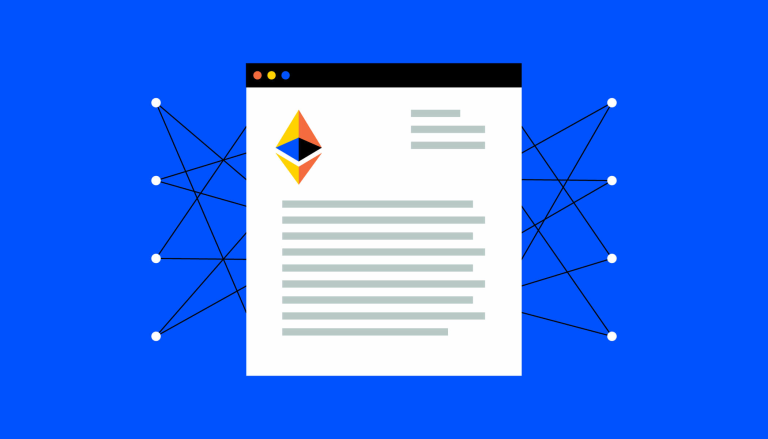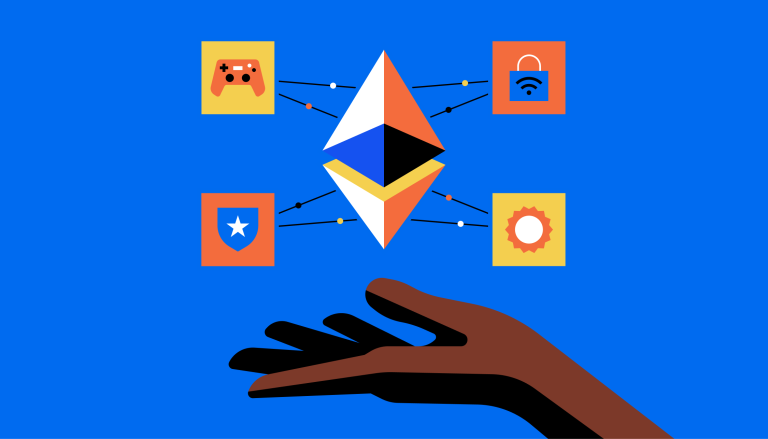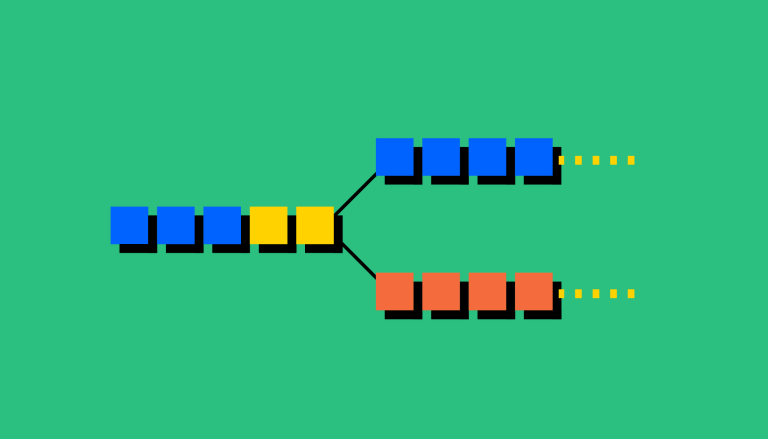What is the Ethereum Cancun upgrade?

The Ethereum upgrade seeks to enhance scalability, security, and efficiency within the Ethereum network.
The upgrade introduces the concept of sharding, a step towards optimizing data management and enhancing transaction affordability.
The Ethereum upgrade is expected to go live in the future.
Understanding the Ethereum Upgrade
The Ethereum upgrade is an effort by Ethereum to improve its infrastructure and address unresolved issues. The upgrade is based on several Ethereum Improvement Proposals (EIPs). The implementation of these EIPs seeks to provide many benefits, including improved scalability, enhanced data storage and availability, and aims to reduce transaction costs.
The upgrade focuses on optimizing the execution layer (Layer 1), preparing the network for the future implementation of full data sharding, a vital component in Ethereum's long-term development strategy. Sharding refers to splitting a blockchain database into smaller portions, called shards, for higher efficiency. The upgrade introduces a specific type of sharding.
Sharding and Transactions
Sharding is a type of sharding that serves as a phase of the Ethereum 2.0 (Serenity) upgrade. It concentrates on optimizing data availability for rollups within the Ethereum network. Sharding aims to reduce gas fees associated with rollups before the complete implementation of the sharding framework.
Along with sharding, the upgrade introduces a transaction type. These transactions allow the temporary storage and retrieval of off-chain data, meaning extra data can be added to Ethereum transactions in a more cost-effective way.
Benefits of the Ethereum Upgrade
The Ethereum upgrade seeks to provide a range of benefits. By introducing the concept of transactions, the upgrade aims to streamline data processing and enhance overall network efficiency.
Enhanced scalability: Sharding introduces temporary data storage capacity, allowing Layer 2 rollups (and the network as a whole) to process more transactions per second.
Lowered transaction costs: Transactions allow extra data to be added to Ethereum transactions in a more cost-effective way.
Enhanced data management: EIPs will optimize block space and reduce on-chain data storage costs.
Improved cross-chain communication: EIPs aim to improve interoperability between different blockchain networks by exposing the Beacon chain to execution layers.
Enhanced security: EIPs will reduce the risk of smart contract termination by disempowering the SELFDESTRUCT code, enhancing the security of user data and funds.
Possible Challenges of the Ethereum Upgrade
While the Ethereum upgrade seeks to provide many benefits, it also comes with possible challenges. These include the potential impact of the upgrade on existing smart contracts and the intricacies of integrating new data storage techniques. These require extensive testing and careful consideration during the implementation phase to ensure a smooth transition for all stakeholders involved.
Ethereum Upgrade Expected Launch Date
While no specific date has been announced for the Ethereum upgrade, it is anticipated to go live in the future. With the network undergoing rigorous testing and optimization, the Ethereum community awaits the official launch, which aims to bring changes in the way Ethereum handles transactions and manages data within its ecosystem.


